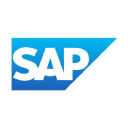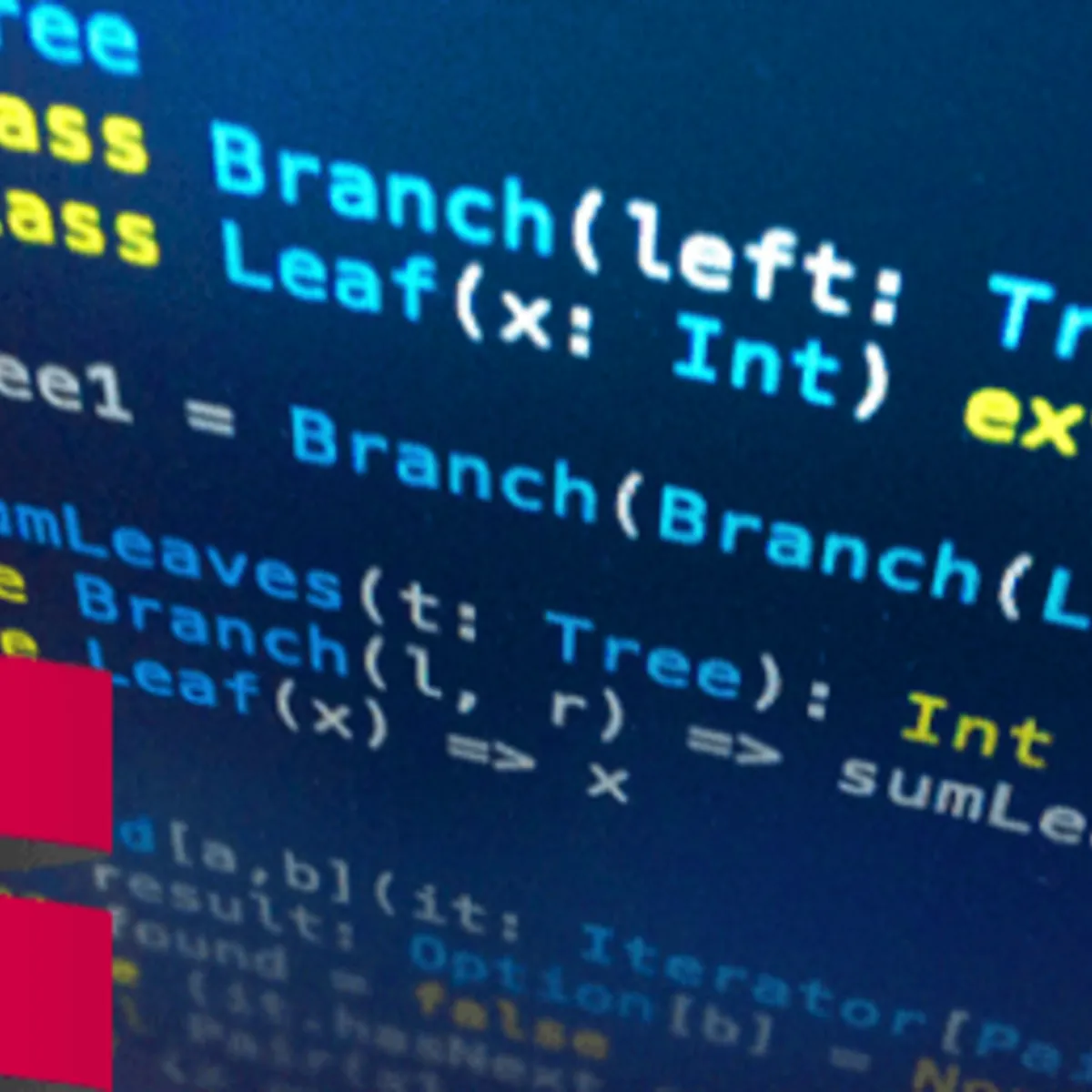
Introduction to Python Programming 
This Introduction to Python Programming course will teach you the fundamentals of the Python language, as well as programming best practices. You'll learn to use data types and variables, control the flow of your programs, and create custom functions. You'll also explore data structures, scripts, and modules in the Python Standard Library. Get ready to become a Python programming pro! ▼
ADVERTISEMENT
Course Feature
![]() Cost:
Cost:
Free
![]() Provider:
Provider:
Udacity
![]() Certificate:
Certificate:
No Information
![]() Language:
Language:
English
![]() Start Date:
Start Date:
On-Demand
Course Overview
❗The content presented here is sourced directly from Udacity platform. For comprehensive course details, including enrollment information, simply click on the 'Go to class' link on our website.
Updated in [April 29th, 2023]
This course provides an introduction to Python programming. Students will learn the fundamentals of the Python programming language, as well as programming best practices. Topics covered include representing and storing data using Python data types and variables, controlling the flow of programs with conditionals and loops, harnessing the power of complex data structures, defining and documenting custom functions, writing scripts, handling errors, and finding and using modules in the Python Standard Library and other third-party libraries.
[Applications]
Upon completion of this course, students should be able to apply their knowledge of Python programming to create scripts and programs for a variety of tasks. They should be able to use the Python Standard Library and third-party libraries to extend the functionality of their programs. Additionally, they should be able to debug and troubleshoot their programs, and use best practices to write clean, maintainable code.
[Career Paths]
1. Data Scientist: Data Scientists use Python to analyze large datasets and uncover trends and insights. They use Python to develop machine learning models and algorithms to automate data analysis and decision-making. The demand for Data Scientists is growing rapidly, and the field is expected to continue to expand in the coming years.
2. Software Developer: Software Developers use Python to create applications and websites. They use Python to write code, debug programs, and develop software solutions. Python is a popular language for software development, and the demand for Software Developers is expected to remain strong in the coming years.
3. Web Developer: Web Developers use Python to create websites and web applications. They use Python to write code, debug programs, and develop web solutions. Python is a popular language for web development, and the demand for Web Developers is expected to remain strong in the coming years.
4. Artificial Intelligence Engineer: Artificial Intelligence Engineers use Python to develop AI algorithms and models. They use Python to write code, debug programs, and develop AI solutions. Python is a popular language for AI development, and the demand for AI Engineers is expected to remain strong in the coming years.
[Education Paths]
1. Bachelor of Science in Computer Science: This degree path provides a comprehensive overview of computer science, including programming, software engineering, and computer systems. It also covers topics such as algorithms, data structures, and artificial intelligence. This degree is ideal for those who want to pursue a career in software development, data science, or computer engineering.
2. Master of Science in Data Science: This degree path focuses on the application of data science techniques to solve real-world problems. It covers topics such as machine learning, data mining, and predictive analytics. This degree is ideal for those who want to pursue a career in data science, analytics, or artificial intelligence.
3. Bachelor of Science in Software Engineering: This degree path provides a comprehensive overview of software engineering, including software design, development, and testing. It also covers topics such as software architecture, software project management, and software quality assurance. This degree is ideal for those who want to pursue a career in software engineering, software development, or software testing.
4. Master of Science in Artificial Intelligence: This degree path focuses on the application of artificial intelligence techniques to solve real-world problems. It covers topics such as machine learning, natural language processing, and computer vision. This degree is ideal for those who want to pursue a career in artificial intelligence, robotics, or machine learning.
Course Syllabus
Why Python Programming
Receive an overview of what you’ll be learning and doing in the course,Understand why you should learn programming with PythonData Types and Operators
Represent data using Python's data types: integers, floats, booleans, strings, lists, tuples, sets, dictionaries, compound data structures,Perform computations and create logical statements using Python’s operators: Arithmetic, Assignment, Comparison, Logical, Membership, Identity,Practice whitespace and style guidelinesControl Flow
Write conditional expressions using if statements and boolean expressions to add decision making to your Python programs,Use for and while loops along with useful built-in functions to iterate over and manipulate lists, sets, and dictionaries,Condense for loops to create lists efficiently with list comprehensionsFunctions
Define your own custom functions,Create and reference variables using the appropriate scope,Use iterators and generators to create streams of dataScripting
Install Python 3 and set up your programming environment,Experiment in the terminal using a Python InterpreterCourse Provider

Provider Udacity's Stats at AZClass
Discussion and Reviews
0.0 (Based on 0 reviews)
Explore Similar Online Courses

Object-Oriented Programming in Java

Foundations Of R Software

RDBMS PostgreSQL

Intro To PostgreSQL Databases With PgAdmin For Beginners

PostgreSQL: Client Applications

Mastering SQL using Postgresql

Database Design and Basic SQL in PostgreSQL

PostgreSQL: Advanced Queries

Spatial SQL with Postgres : A language for geographers

Learn SQL Using PostgreSQL: From Zero to Hero

PostgreSQL Essential Training


Start your review of Introduction to Python Programming